As Edmonton Wedding Photographers, we often get to photograph Punjabi or Sikh Weddings. Each culture in India has its customs and traditions that are entirely different. One of the cultures that we came across is Sikh. Some people also call them Punjabis. One of the most important events in any Sikh wedding is the Jago or Jaggo ceremony. Nandini […]
What is Jago or Jaggo ceremony in a Punjabi/Sikh Wedding?
As Edmonton Wedding Photographers, we often get to photograph Punjabi or Sikh Weddings. Each culture in India has its customs and traditions that are entirely different. One of the cultures that we came across is Sikh. Some people also call them Punjabis. One of the most important events in any Sikh wedding is the Jago or Jaggo ceremony. Nandini being an Indian, always helped us navigate the Indian Wedding traditions a bit easier. Being multilingual also definitely helps here. Not many people know of these traditions, so we created this blog post. If you are planning a wedding, you must read about creating a Punjabi/ Sikh Indian wedding timeline here.
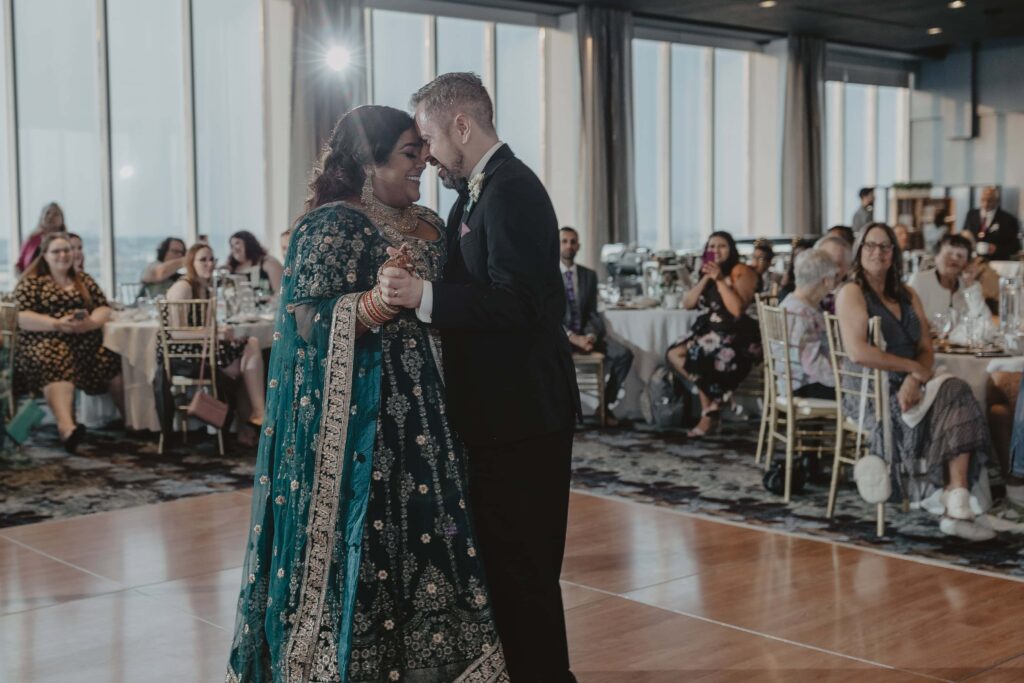
Who are Sikhs or Punjabi?
When we talk about Sikhs, we’re talking about a community rooted in faith, love, and service. Sikhism is more than just a religion—it’s a way of life that teaches equality, compassion, and the belief in one eternal Creator who is beyond birth and death. At the heart of Sikh values is the idea of seva—selfless service—because for Sikhs, serving humanity is the purest form of devotion.
Punjabi, on the other hand, is not a religion but an identity, a culture rich in warmth, vibrancy, and tradition. Punjabis are people who hail from Punjab, a region spanning India and Pakistan, and they can be Sikh, Hindu, Muslim, Christian, or from any other faith. Because Sikhism emerged in Punjab, and both Sikhs and Punjabis speak the same language, they are often mistaken for being one and the same. But while many Sikhs are Punjabi, not all Punjabis are Sikh. Each identity carries its own beauty, but together, they weave a shared heritage of resilience, celebration, and deep cultural pride.
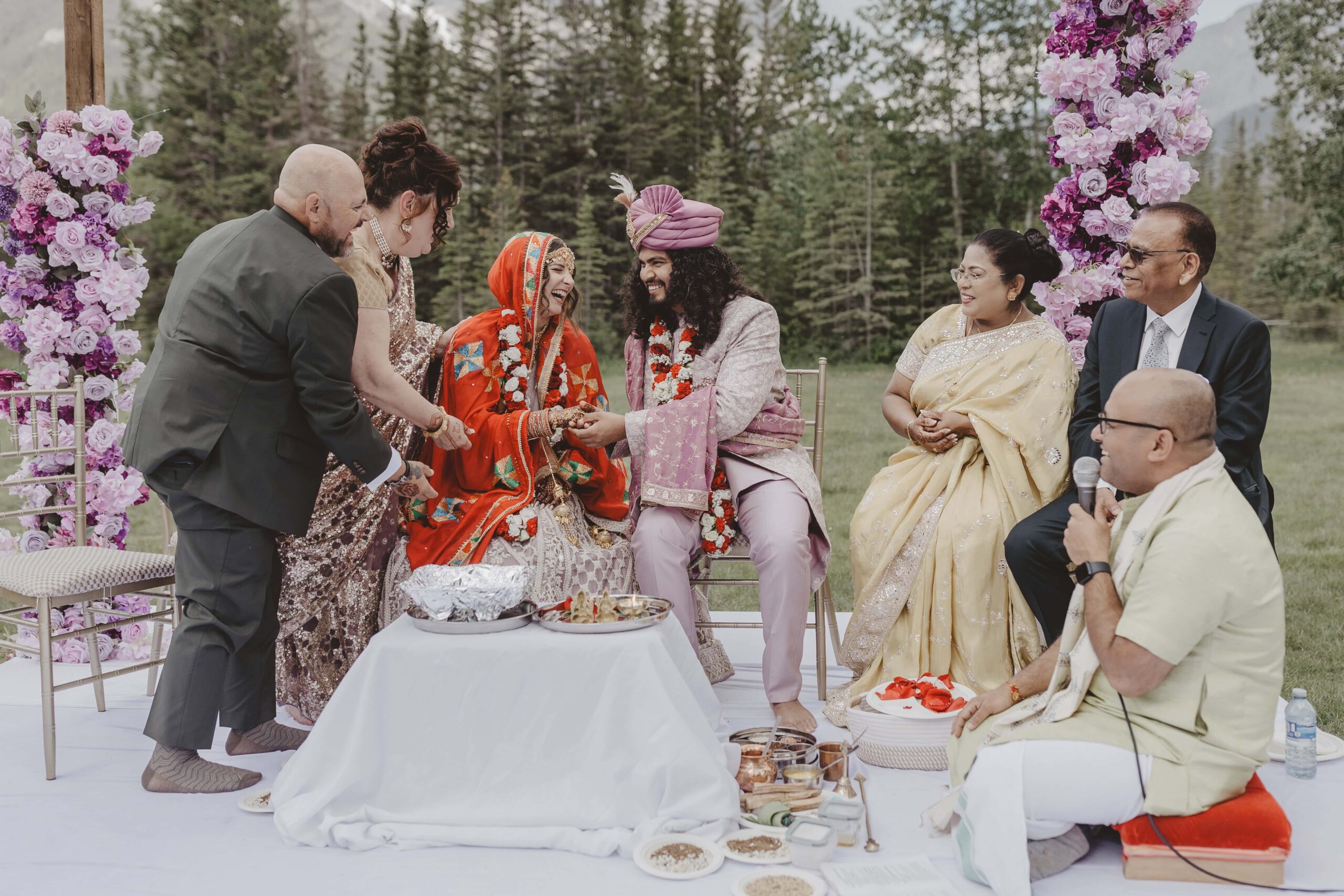
What happens at Maiyan Ceremony?
Sometimes people combine Maiyan and Jago on the same night. Initially, the relatives from the bride’s or groom’s maternal family will create a rangoli design at the entrance of the home, or at the wedding venue. The design is made with coloured powder and rice flour. This design can be complex or adventurous.
The rangoli design will be washed off in preparation for the Jago ceremony. Sometimes it is not possible to wash it off at the venue. An alternative is to bring a big white chat paper and do the rangoli design on it. It is an alternative to having the design on the floor.
The relatives bring the bride/groom by holding a wooden block and a red scarf. The bride/groom then sits on a stool facing east under the scarf, in front of the rangoli design. The mother or any other elder in the family will begin the ritual by applying mustard oil on the bride/groom’s forehead with a few grass strands.
Family and friends then follow rubbing mustard oil, Tumeric and flour mix on the bride/groom’s face, arms, hands and feet. The Maiyan ceremony is a playful and cheeky affair when relatives will often mischievously apply the mixture on every available body part! Traditionally, ladies sing jovial folk songs to enhance the celebratory atmosphere.
Let’s talk about Jaggo or Jago Ceremony
Origins and Meaning of the Jago Ceremony
The word “Jago” means “wake up”, and the ceremony embodies this spirit by energizing the family and preparing them for the wedding festivities. Traditionally, Punjabi families held Jago ceremonies to spread the news of a wedding in the days before modern communication. It was a way for the bride’s and groom’s families to invite their relatives and neighbors to join in the wedding celebrations.
In modern times, while formal invitations have taken over the task of announcing a wedding, the Jago ceremony continues to be an essential part of Punjabi and Sikh weddings, retaining its cultural significance and joy-filled atmosphere. The families arrive at the wedding venue with much fanfare. They sing and dance carrying a gagger (a decorated earthen pot lit with candles). Along with the earthen pot, people dance with a decorated stick with Bells attached.
When and Where is the Jago Ceremony Held?
The Jago ceremony is usually held a night or two before the wedding day at the home of the bride or groom or at a separate venue rented for the occasion. Unlike religious rituals, the Jago is an informal, fun-filled event that serves as a prelude to the wedding festivities. Families often host it in a banquet hall, a decorated courtyard, or even on the streets in traditional villages of Punjab.
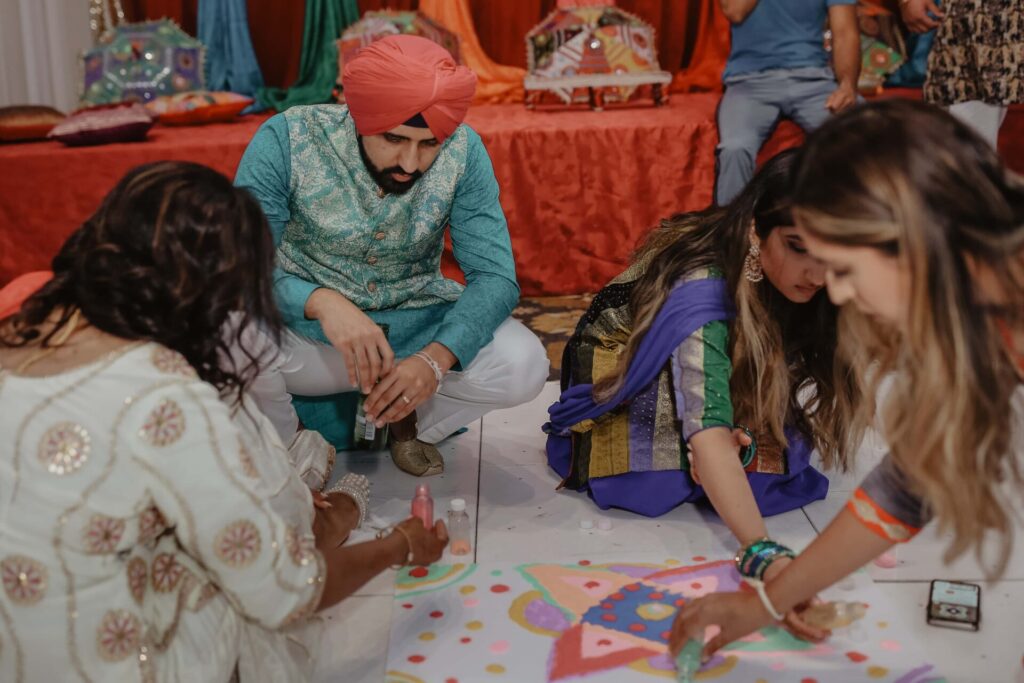
Traditional Rituals and Elements of the Jago Ceremony
1. The Traditional Clay Pot (Jago) and Oil Lamps
One of the most iconic aspects of the Jago ceremony is the use of a decorated clay pot or brass vessel (called Jago), adorned with bright colors, mirrors, beads, and lit candles or oil lamps. The pot is carried on the head of an elder woman from the family, usually the bride’s or groom’s aunt (bua or massi), as she dances and leads the celebration. This symbolizes light, joy, and prosperity entering the family.
2. Dancing and Bhangra Beats
The Jago ceremony is incomplete without energetic Punjabi music and traditional folk dances. The night begins with relatives gathering, dressed in vibrant Punjabi attire, ready to dance to the beats of the dhol (a traditional drum). Everyone participates in Bhangra and Gidda, expressing their happiness and excitement.
3. The Procession (Jago Night Parade)
A unique feature of the Jago is the procession that takes place in some families. Holding the decorated Jago pot, family members and friends dance through the streets of their neighborhood, knocking on doors and inviting people to join the celebration. This practice represents the traditional way of announcing a wedding and spreading joy throughout the community.
4. Jago Songs and Call-and-Response Singing
Punjabi weddings are known for their lively folk songs (Boliyan), and the Jago ceremony is no exception. Women, especially elder female relatives, sing traditional Jago songs in a call-and-response style. These songs often include humorous verses and playful teasing directed at the bride, groom, and their families, making it a fun-filled event full of laughter.
5. Refreshments and Festive Feasts
After hours of dancing and singing, guests are treated to delicious Punjabi cuisine, including snacks, sweets, and beverages. Popular items include chaat, samosas, pakoras, jalebis, and lassi, while some families also serve traditional Punjabi curries and naan.
6. Modern Twists to the Jago Ceremony
While the essence of the Jago remains rooted in tradition, many families incorporate modern elements to make the event even more entertaining. Some of these include:
- Themed Jago nights, where guests dress in coordinated outfits or follow a specific decor theme.
- LED-lit Jago pots instead of traditional clay pots.
- Live DJ performances, blending traditional Bhangra beats with modern Bollywood tracks.
- Glow sticks, fireworks, and confetti showers to add an extra spark to the celebration.
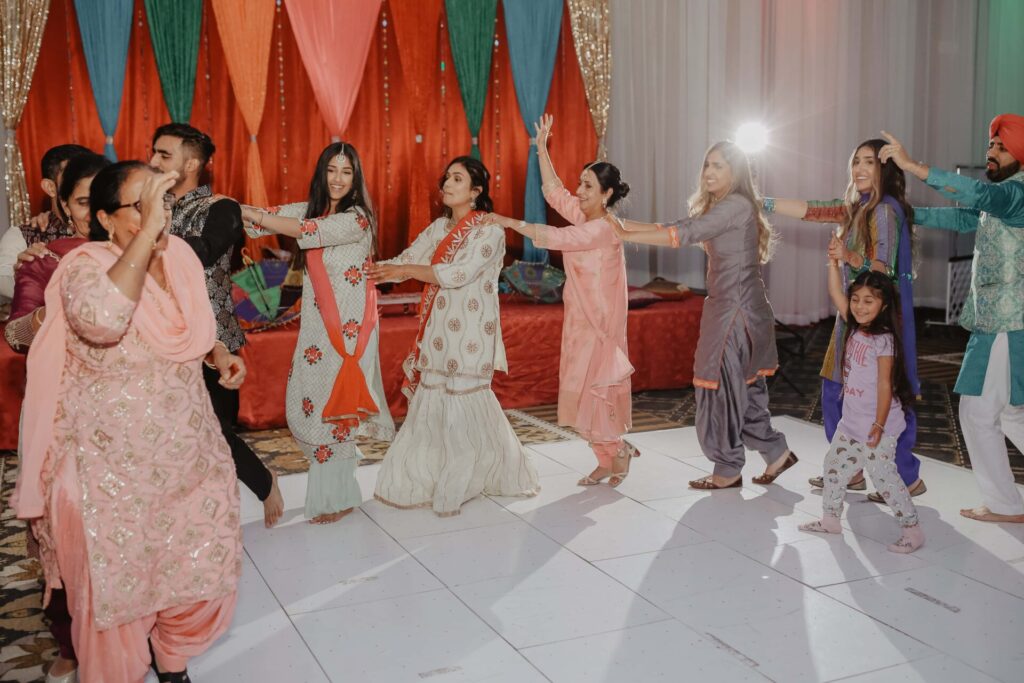
Significance of the Jago Ceremony in Punjabi/Sikh Weddings
The Jago ceremony holds a profound cultural and emotional significance for Punjabi and Sikh families. It marks the beginning of the final phase of wedding celebrations and serves as a joyous reminder of the importance of family, unity, and togetherness. It is a time when elders bless the couple, families come together to rejoice, and friends create lasting memories before the wedding.
Additionally, the Jago night serves as a stress-reliever for both the bride and groom, offering them a chance to immerse themselves in the excitement before the formal wedding rituals begin. It also allows guests to bond and set the tone for the main wedding day.
How to Organize a Memorable Jago or Jaggo Ceremony
Planning a Jago or Jaggo ceremony requires attention to detail and a spirit of fun. Here are some essential tips to make your Jago night unforgettable:
1. Select the Perfect Venue
Choose a location that allows ample space for dancing, singing, and hosting guests comfortably. Whether it’s a home garden, banquet hall, or an open street celebration, ensure it is well-lit and decorated to match the vibrant Punjabi theme.
2. Hire a Dhol Player or Live Band
Live music is a must for an electrifying Jago night. Hiring professional dhol players or a Bhangra troupe can take the energy levels through the roof and get everyone in the mood to dance.
3. Arrange Traditional Jago Pots and Decor
Make sure to have a beautifully decorated Jago pot and include colorful props, such as Punjabi phulkari dupattas, LED lights, and flower garlands, to enhance the festive ambiance.
4. Organize Fun Games and Performances
To keep guests entertained, consider incorporating Boliyan competitions, Jago song challenges, or even fun dance-offs between the bride’s and groom’s families.
5. Serve Authentic Punjabi Delicacies
Food is an essential part of any Punjabi gathering. Arrange a menu that includes traditional Punjabi snacks, chaats, and desserts to keep guests energized throughout the night.
6. Capture the Memories
Hire a professional photographer or videographer to document the magical moments of the Jago ceremony. Candid shots of laughter, dancing, and joyful celebrations will serve as cherished memories for years to come.
The Jago ceremony is a heartwarming and energetic celebration that sets the stage for an unforgettable Punjabi or Sikh wedding. It is a night filled with laughter, music, dance, and cultural traditions that bring families closer and create lifelong memories. Whether celebrated in its traditional form or with modern twists, the Jago remains an integral part of Punjabi wedding festivities, uniting families in joy and excitement.
Jago or Jaggo Ceremony Photos
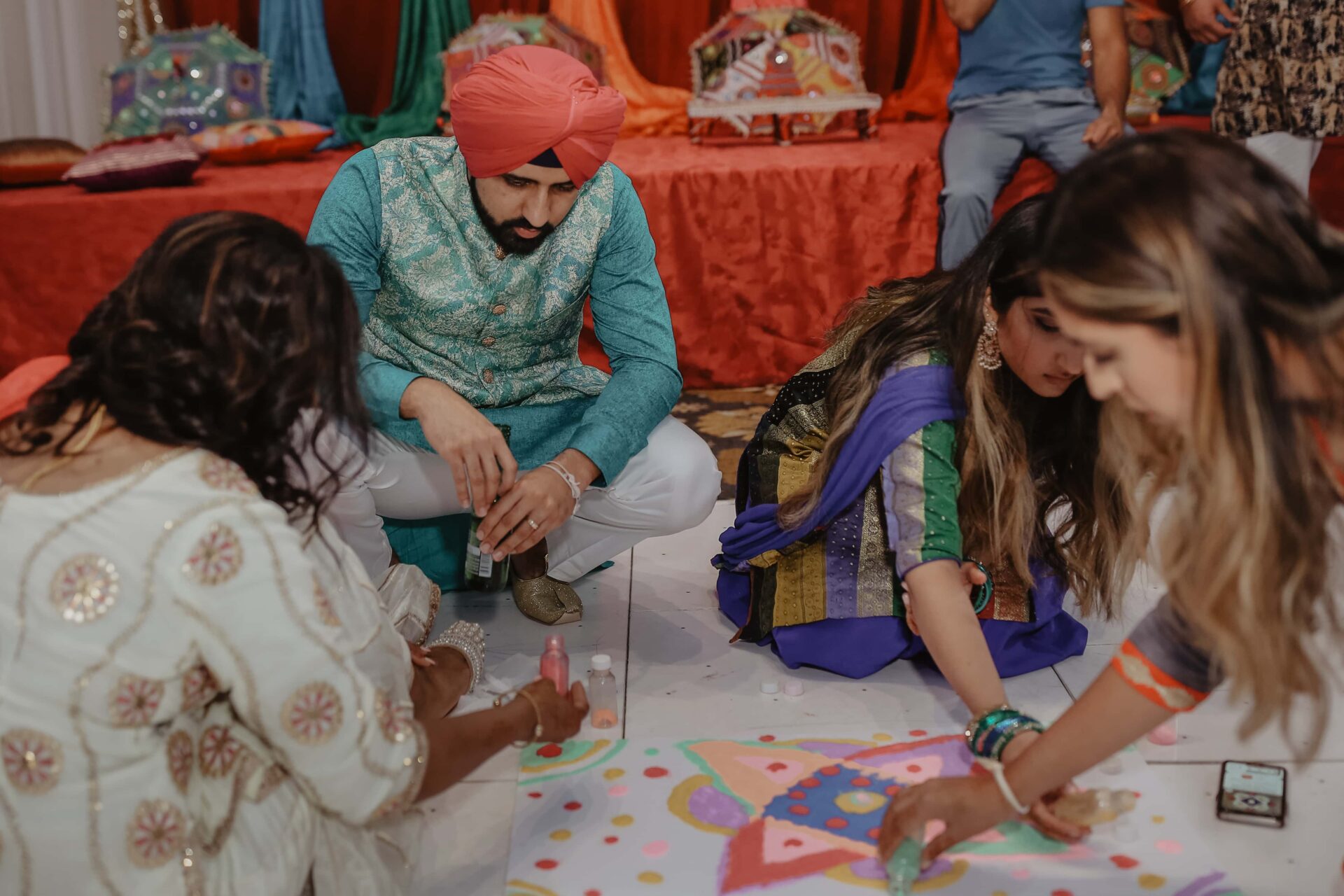

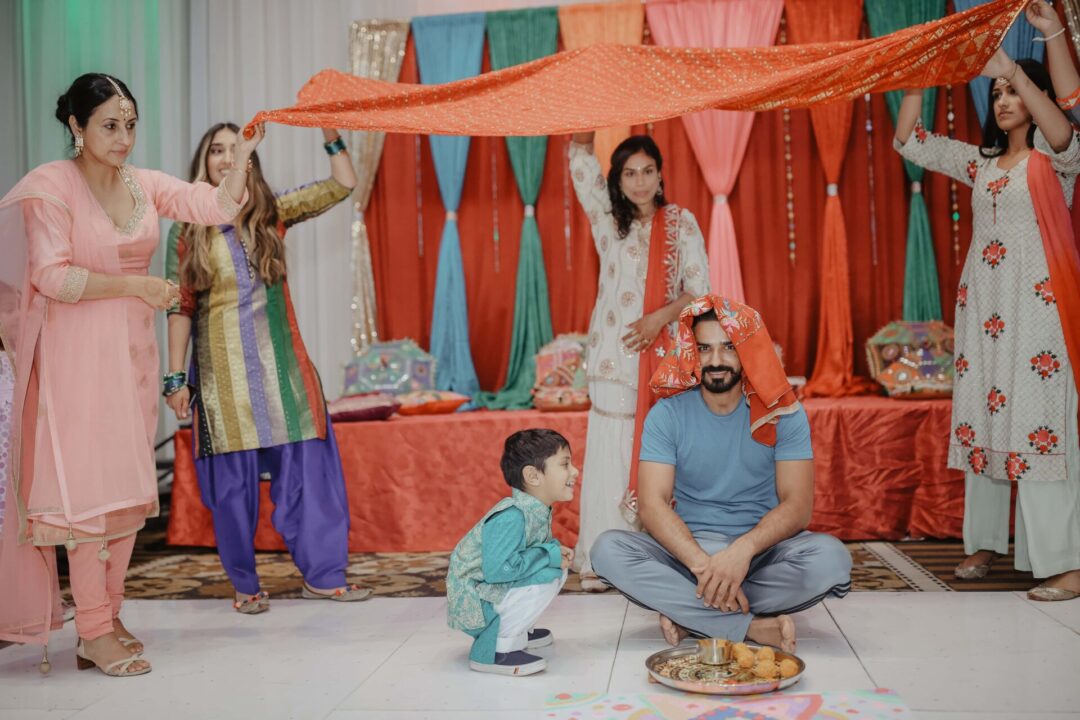
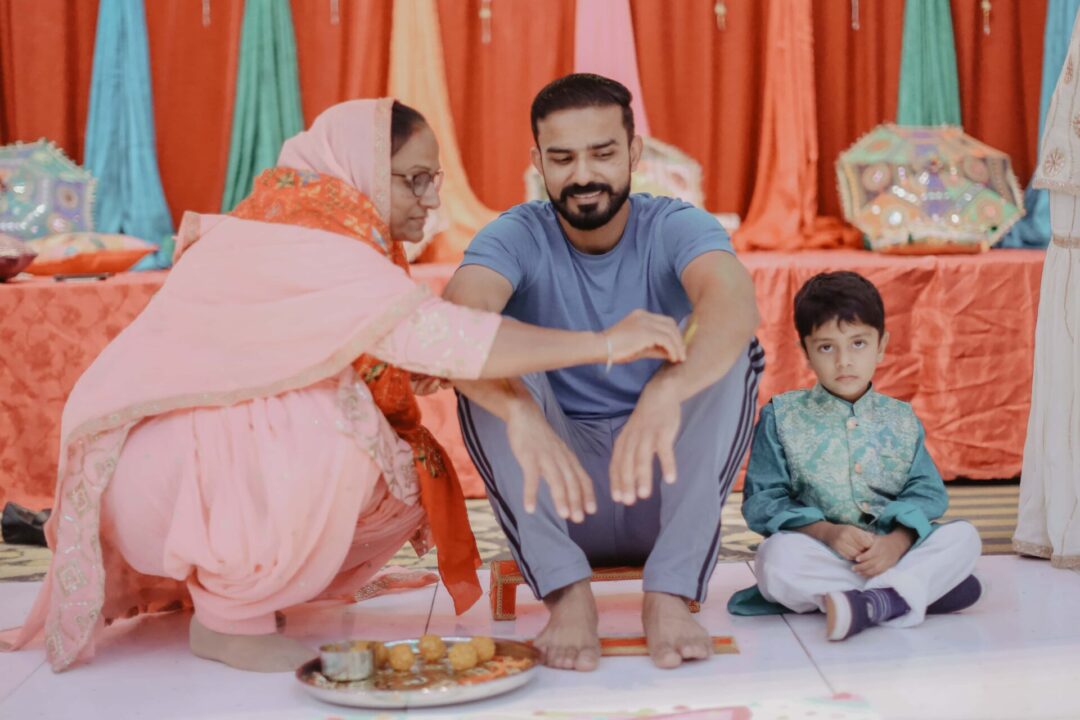
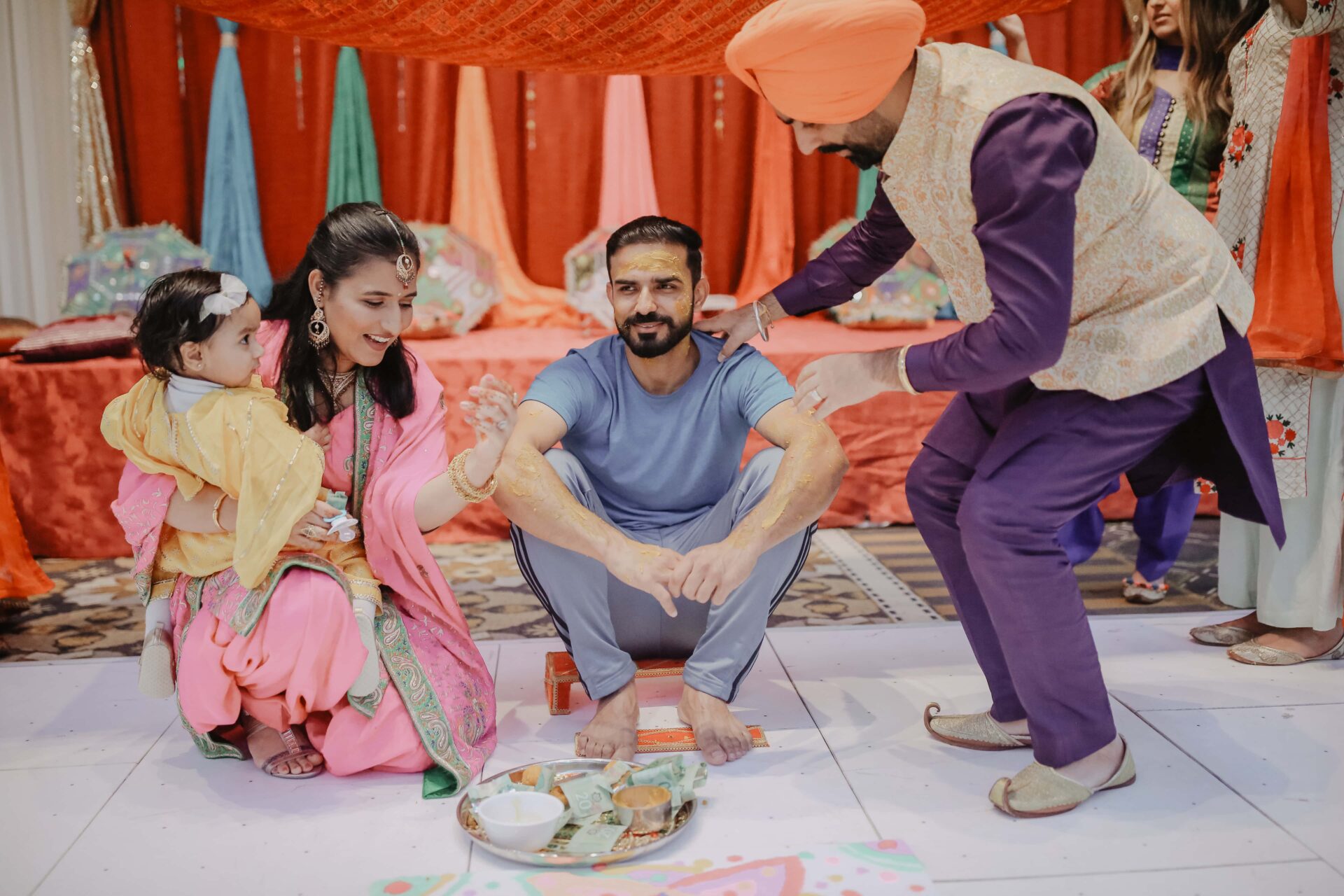
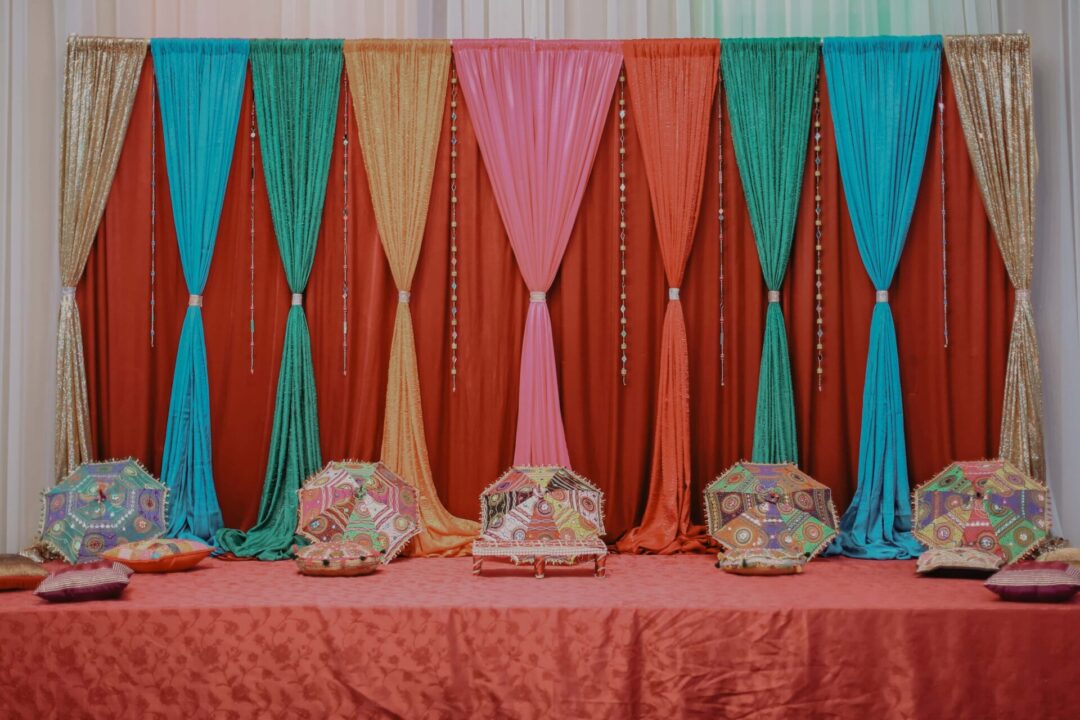
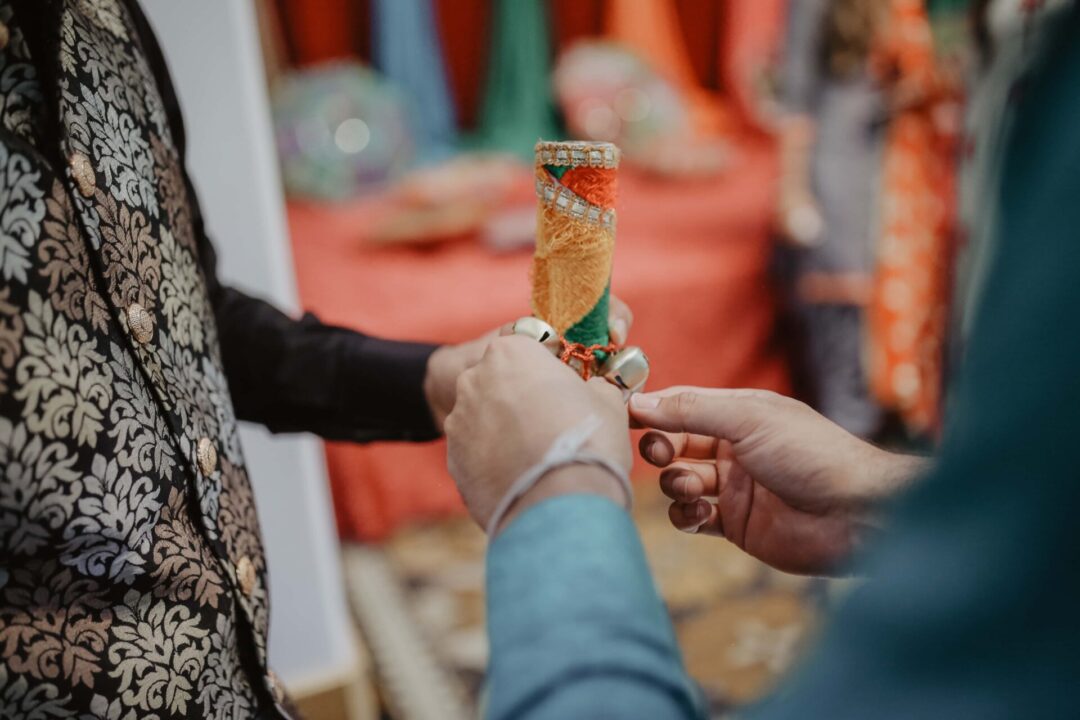
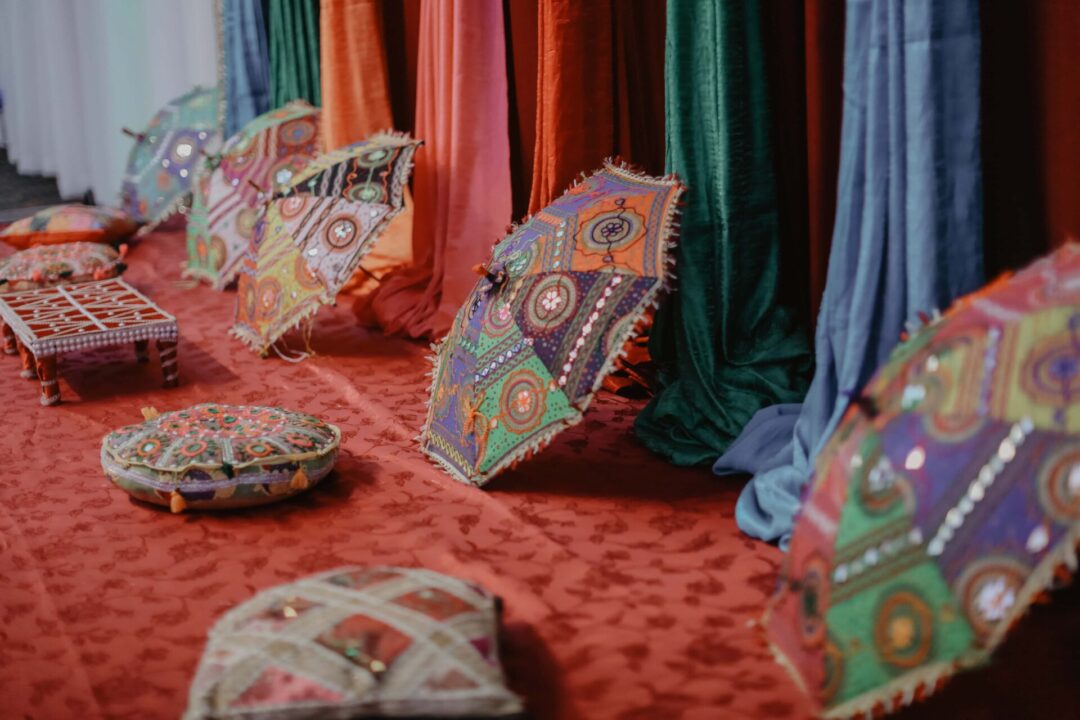

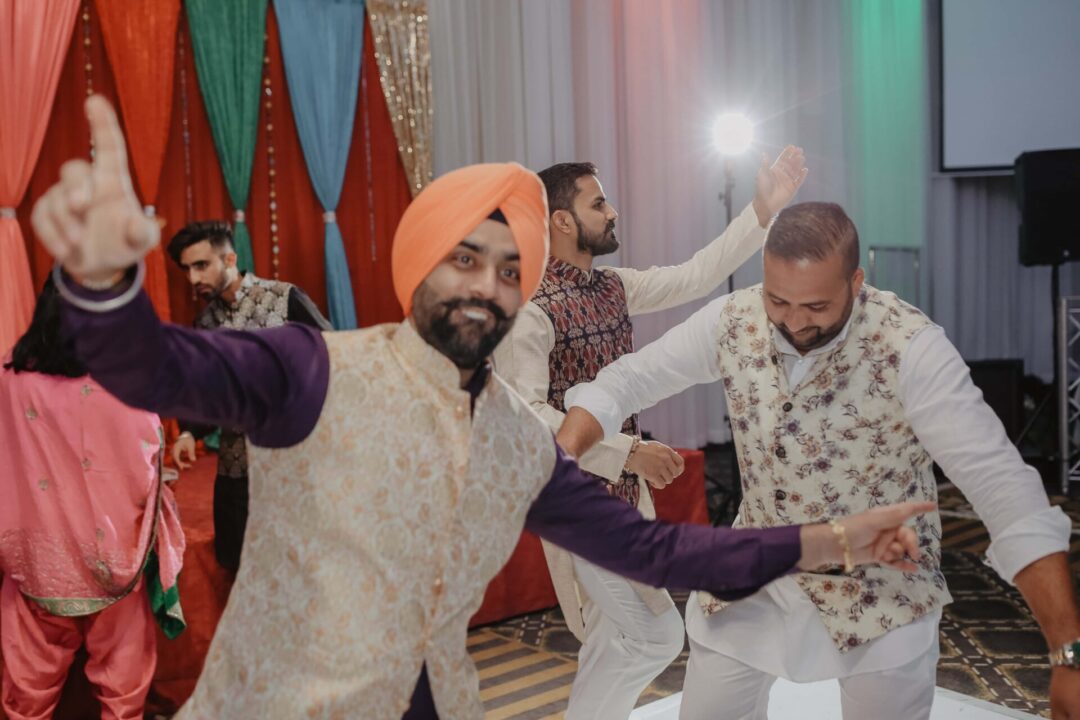
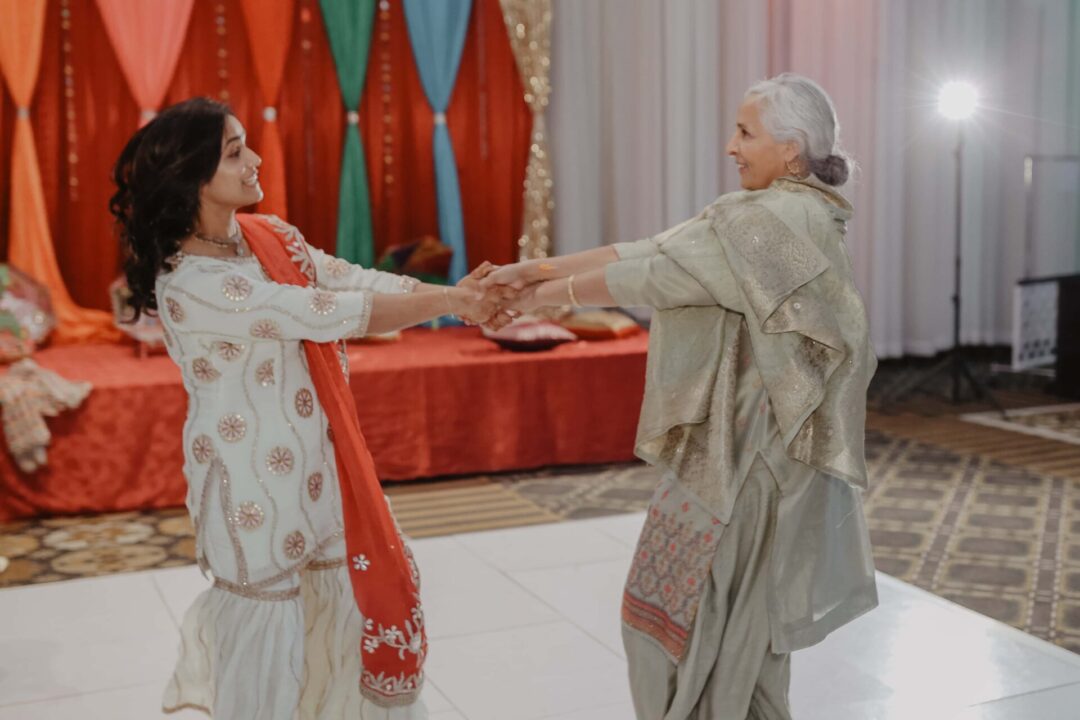
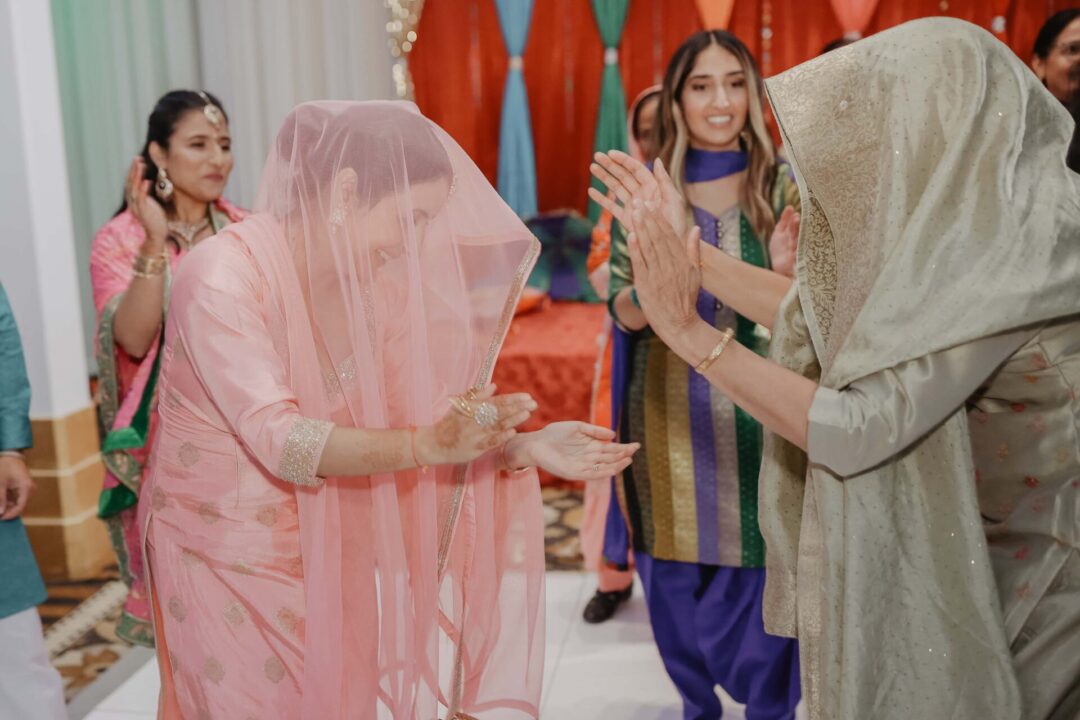
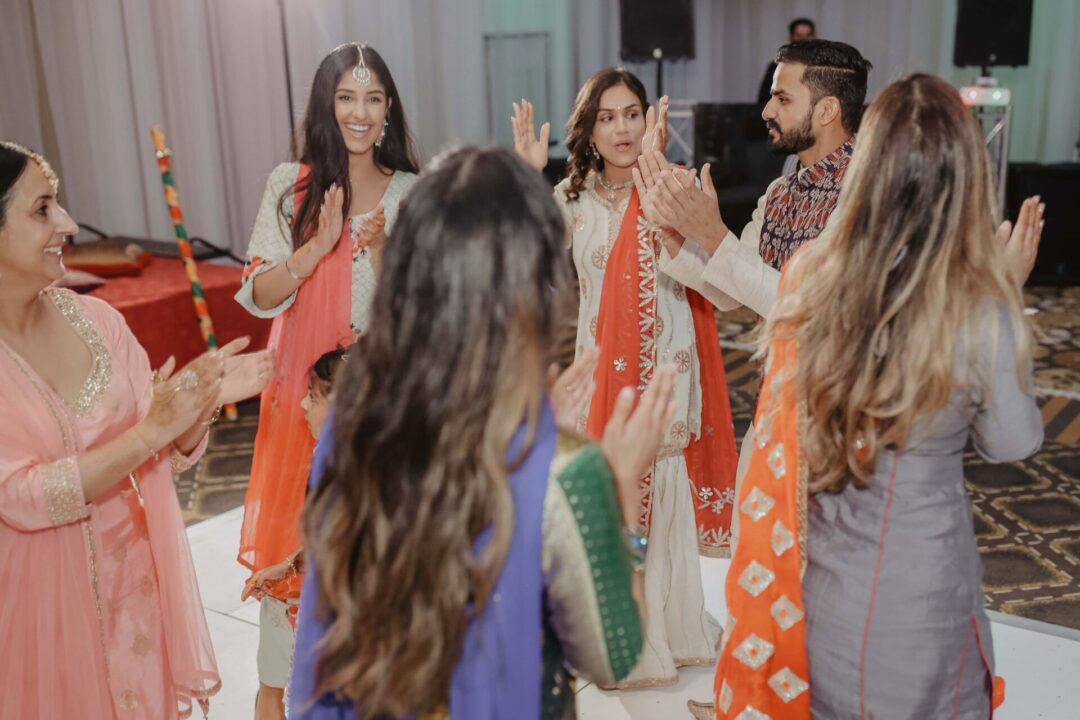
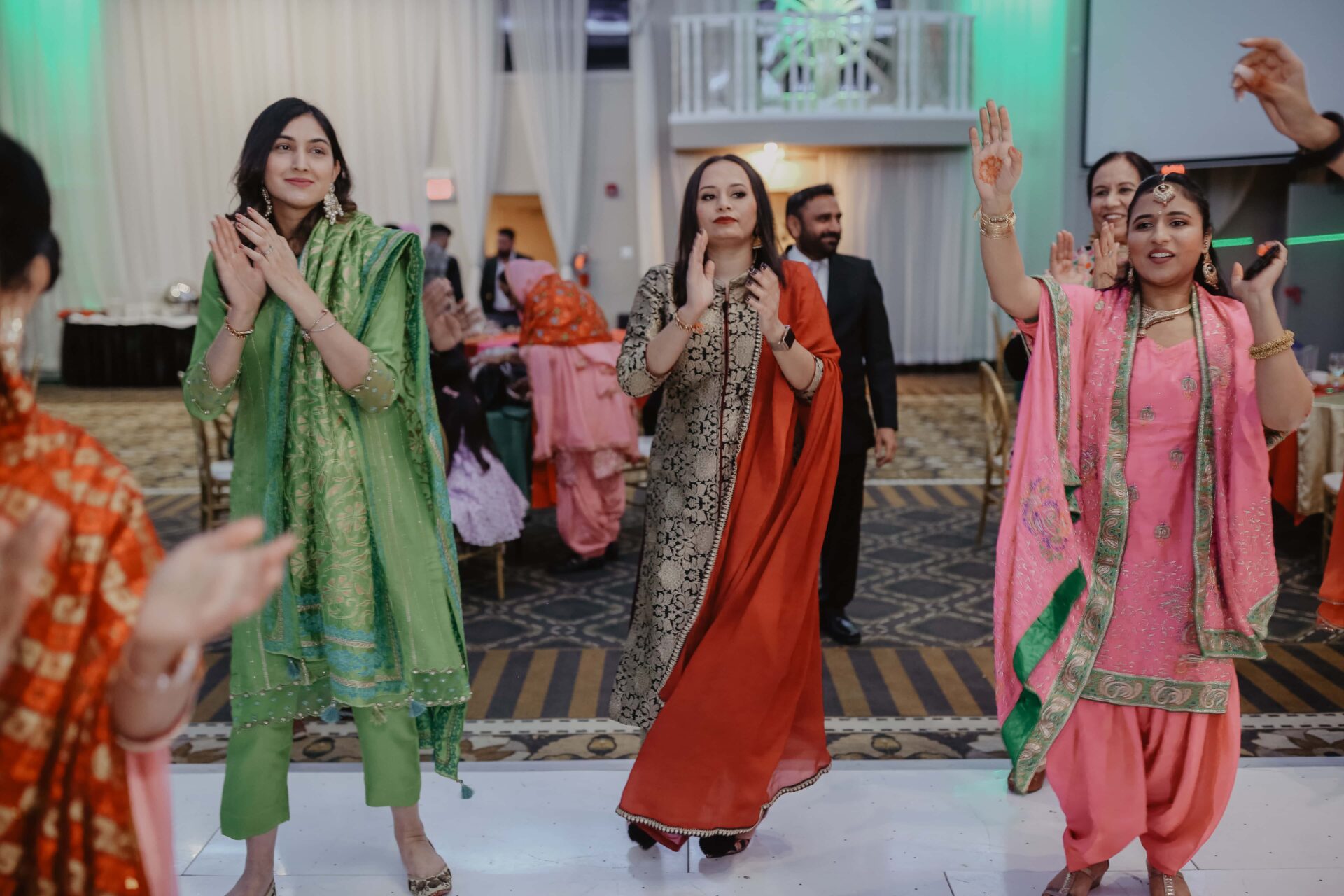
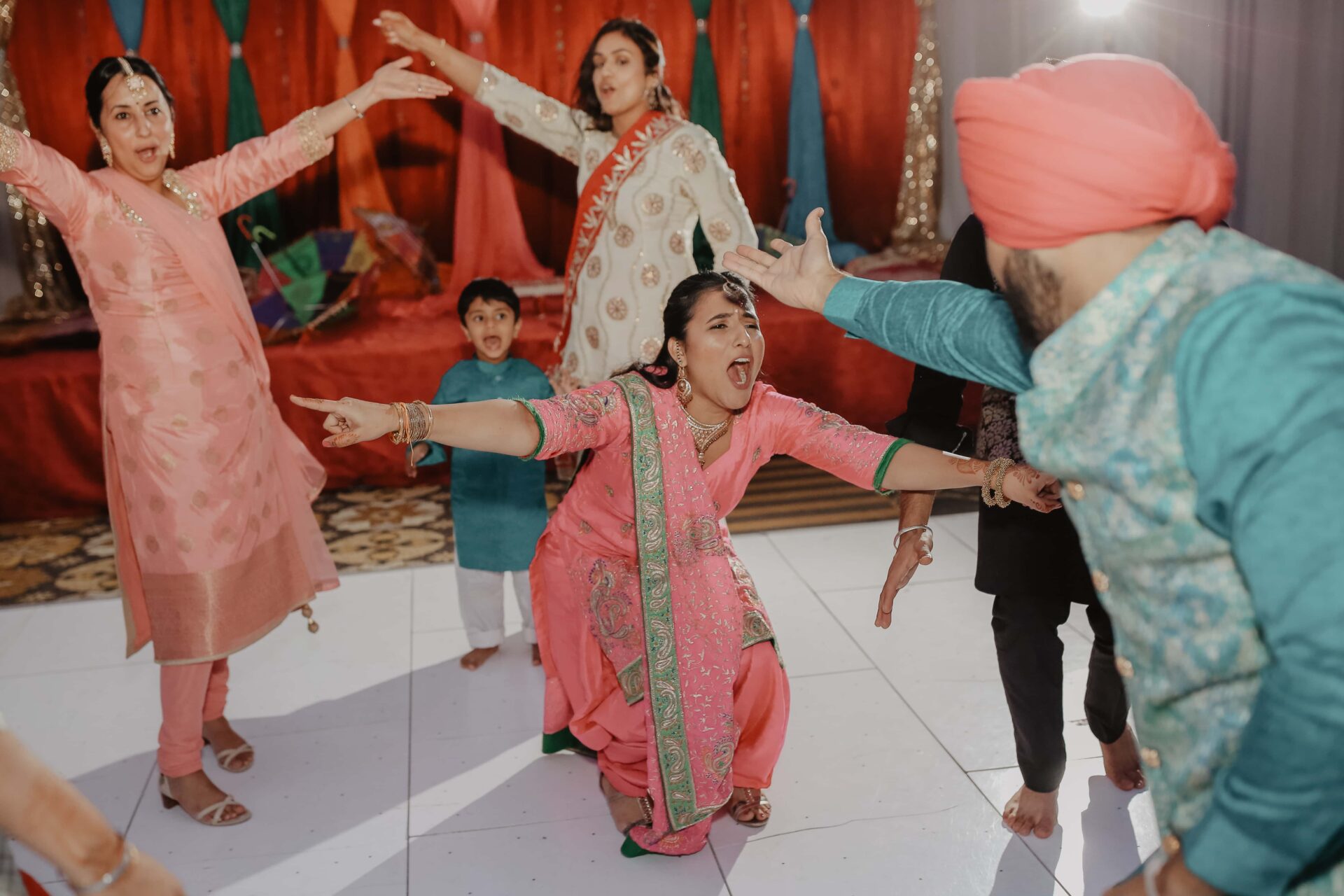
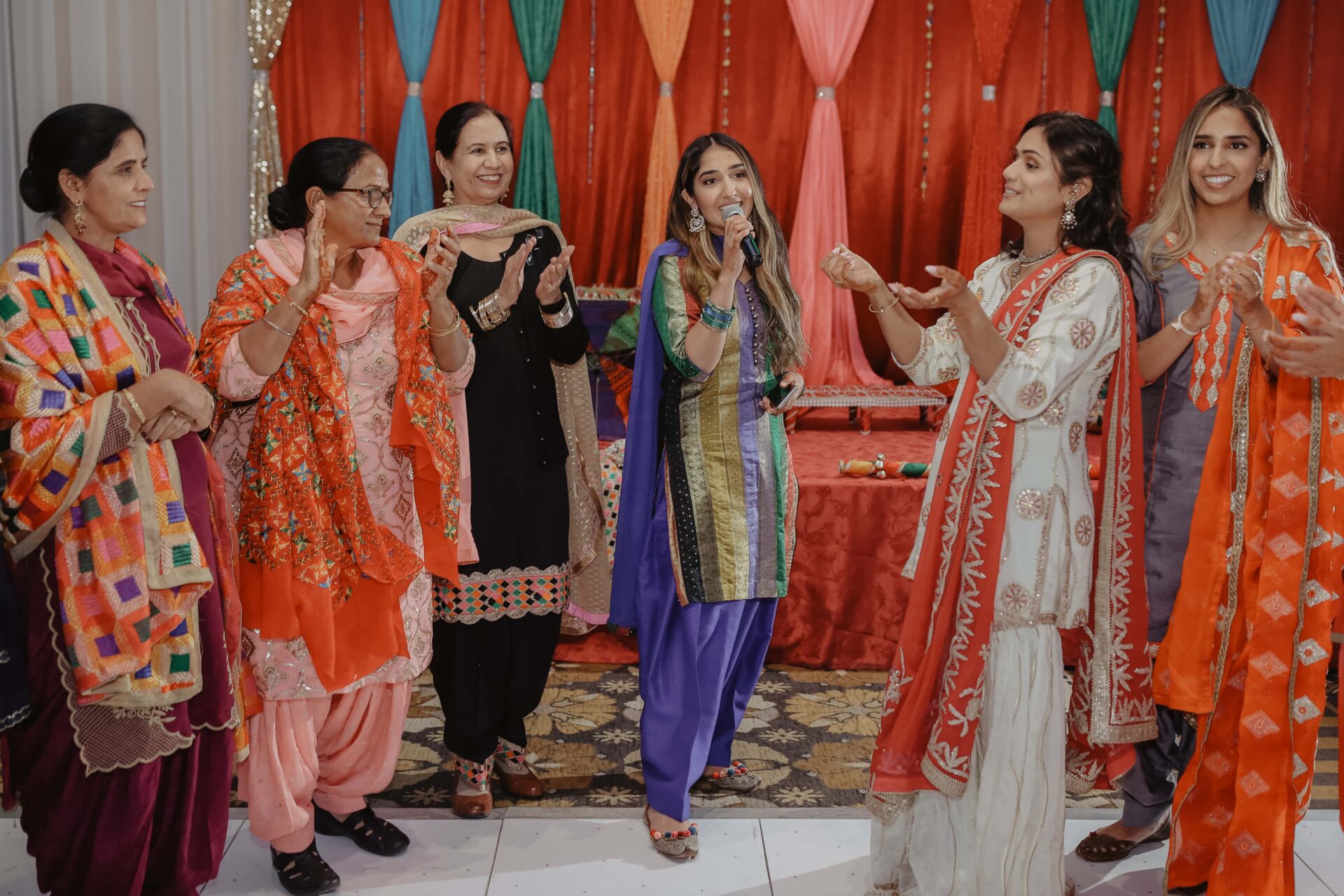
Here are a few articles that will help you with the planning.
Check our Jaskaran’s Sikh wedding here
How to create a Punjabi/ Sikh Indian wedding timeline
How to look best in Wedding Photos
5 things couples should do to prepare for their Wedding getting ready photos
Unique Winter Wedding Venues in Edmonton
How to plan a wedding in Alberta once you get engaged
Outdoor Wedding Venues in Edmonton
Banquet Hall Wedding Venues in Edmonton
Did we miss anything? Let us know in the comments
Leave a Reply
You must be logged in to post a comment.
We only work with 15 couples each year so we can give you a truly personalized experience.
Fill out our contact form to book a consultation call with us.
Looking forward to meeting you.
Phone: +1 587 989 8897.
Email: hello@timelesstalescreatives.ca
Location : Based in Edmonton, Alberta. Serving Edmonton, Calgary, Banff, Canmore & Jasper. No Additional Travel Fee within Alberta
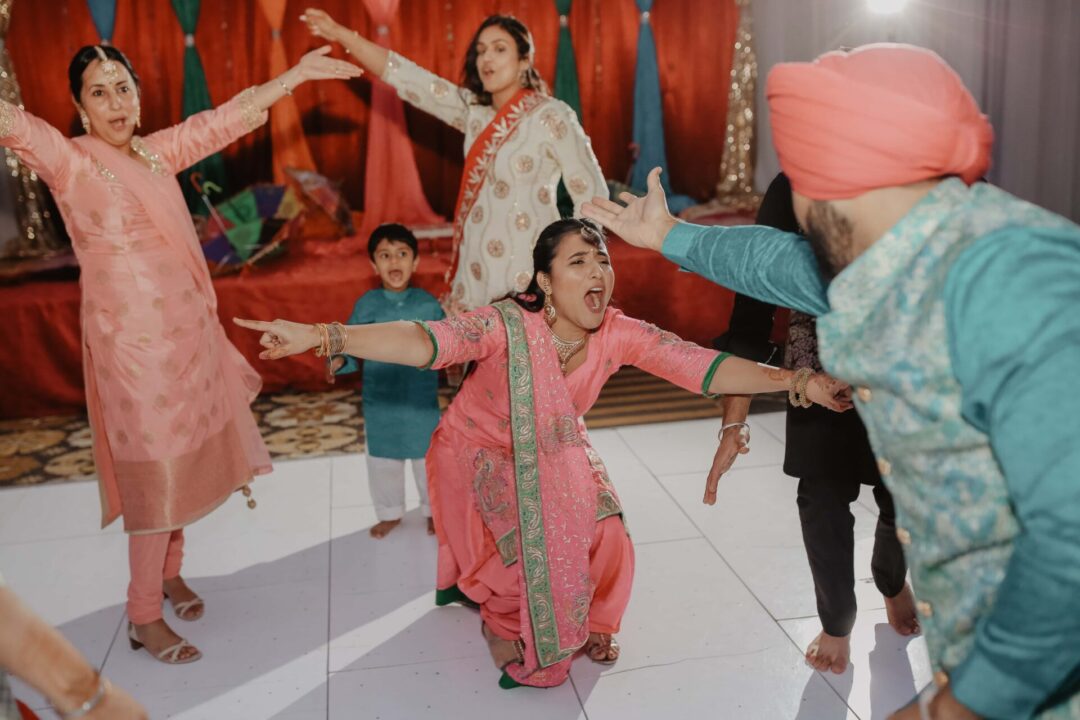
Could I know what is the right procedure or way to pick up jaggo by maternal family members. Is Jaggo a sacred ceremony?
Thanks
Surinder
What should I wear to Jaggo which is followed by dinner?
Sikhs are not limited to any region BTW.. we are all over the world
Agree. I want just giving details on the history on how it all started. In the current world, Sikhs or Indians or any culture in this world, we are everywhere.